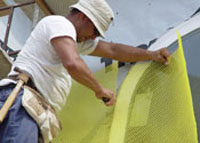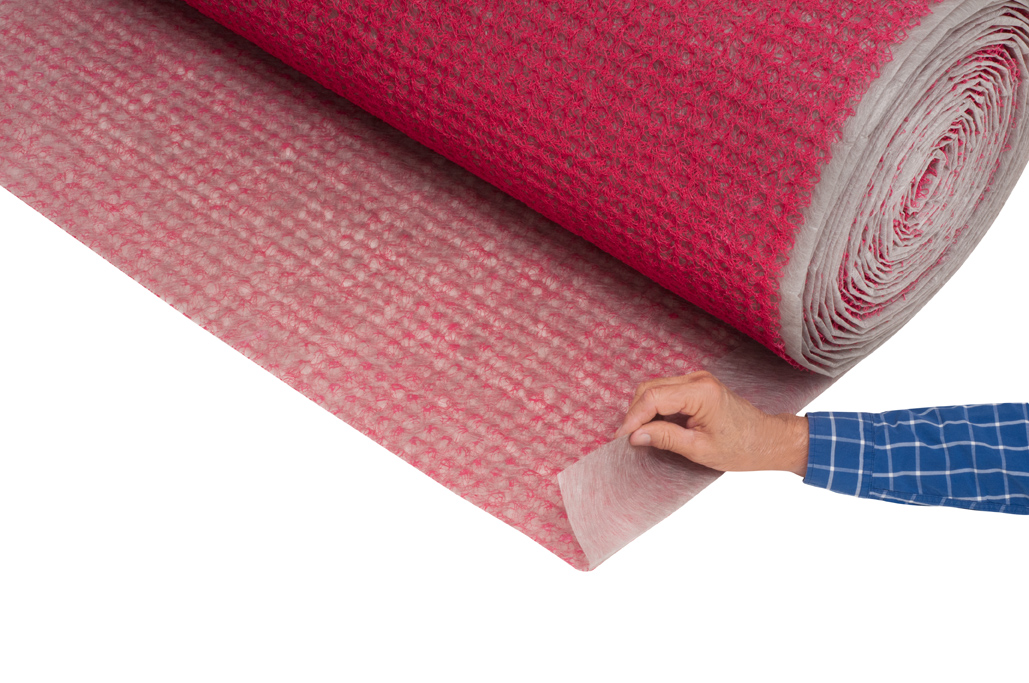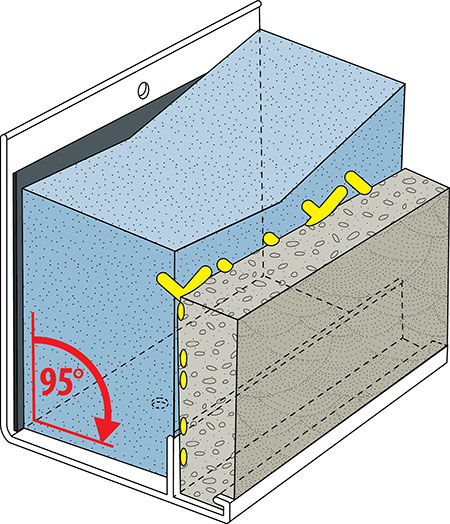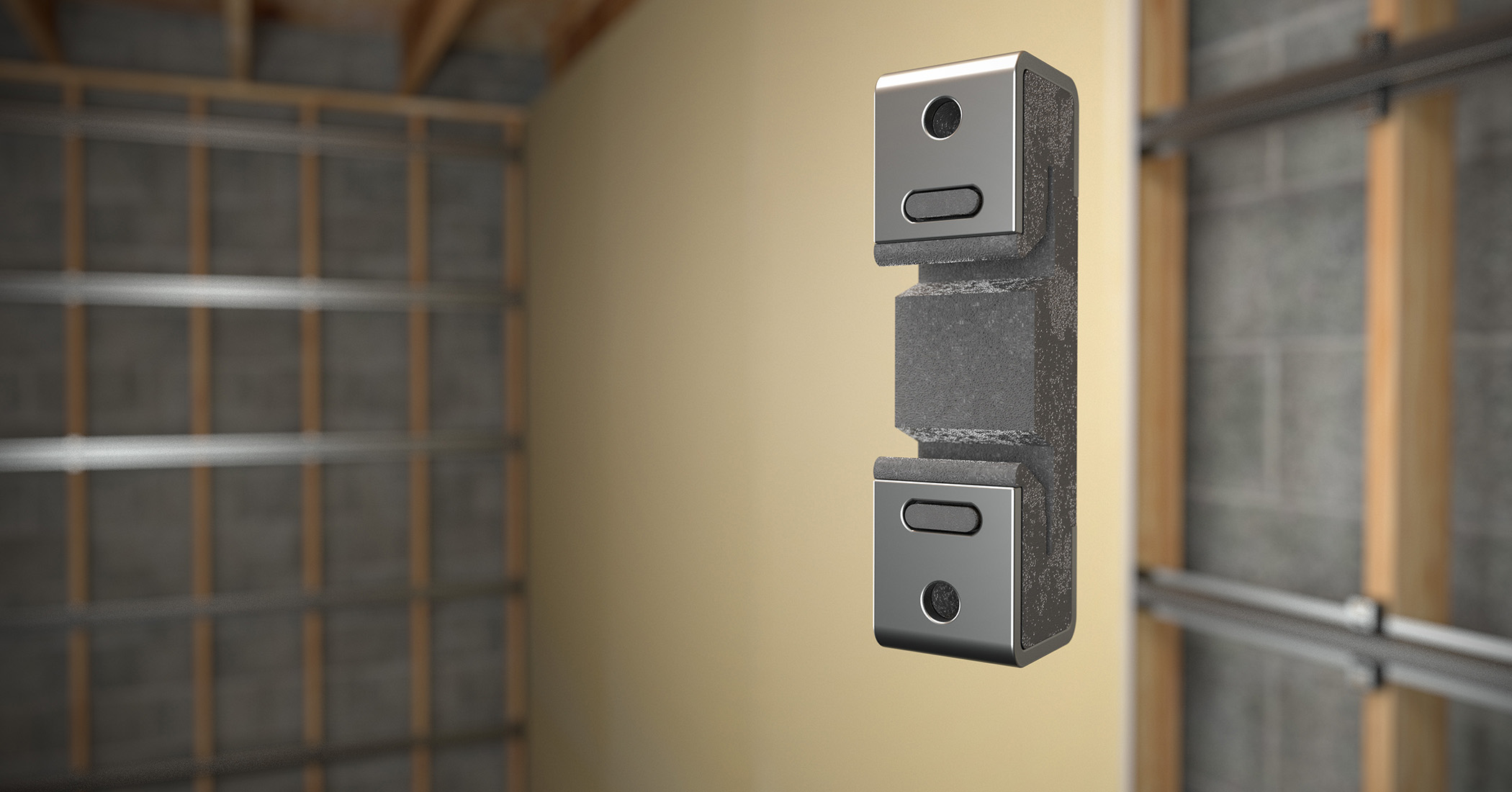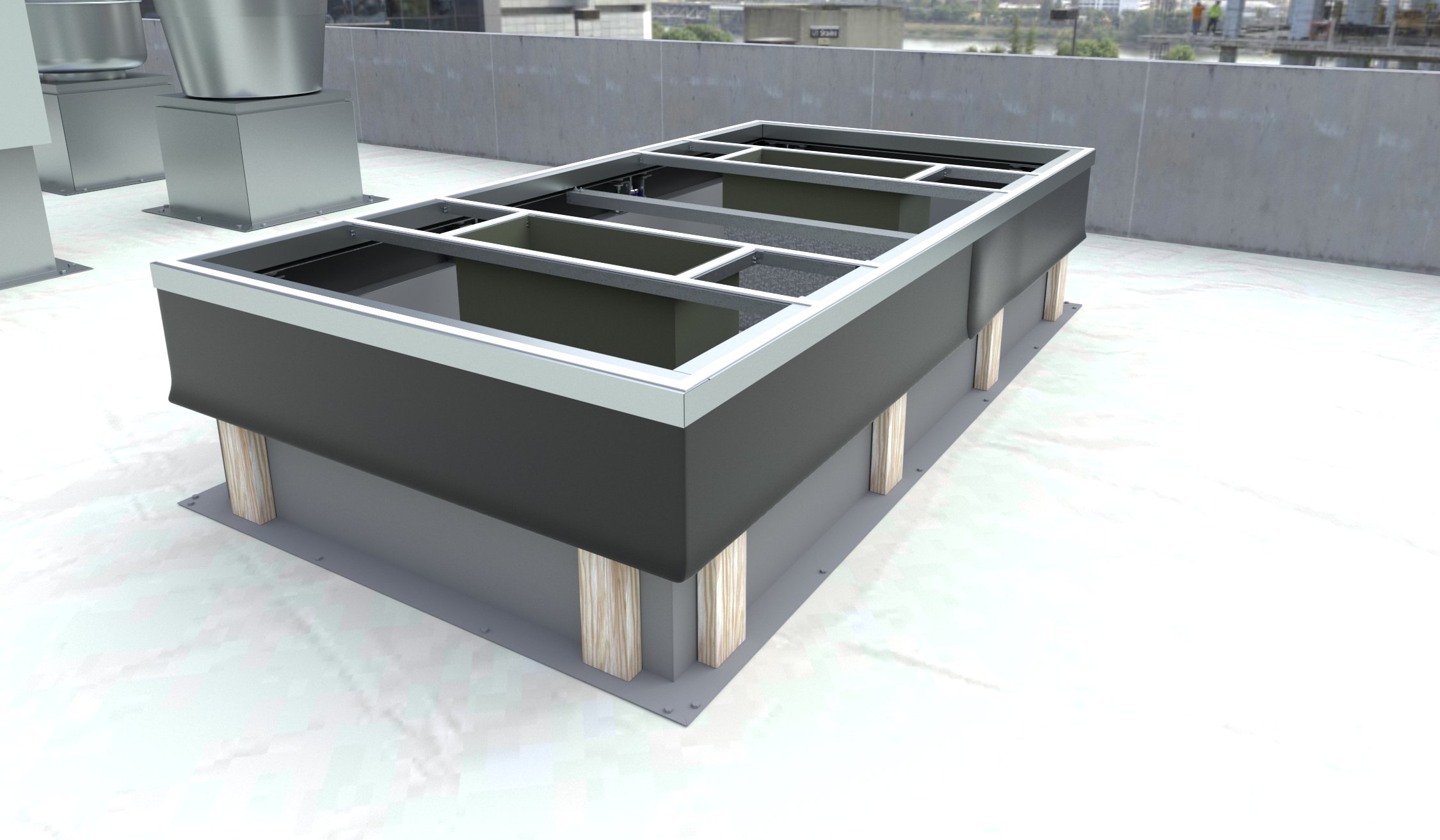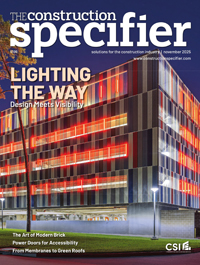A new era in HVAC: The benefits of non-metal diffusers
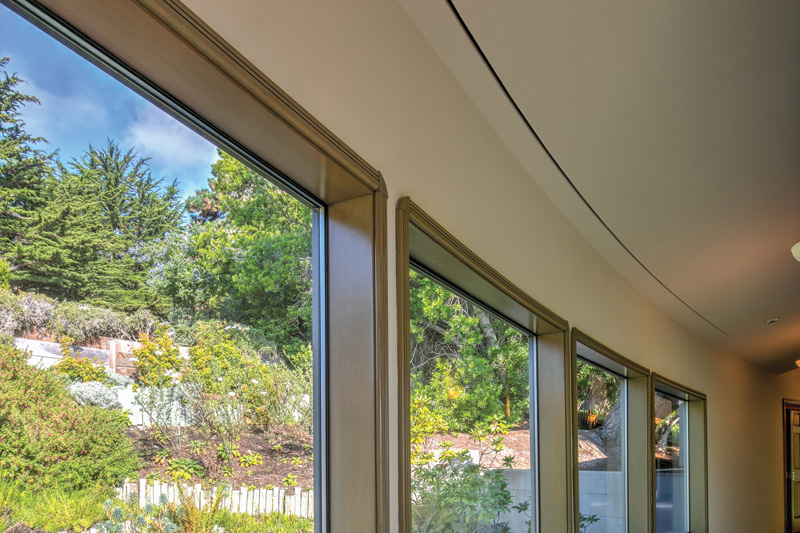
On average, Americans spend approximately 90 percent of their time indoors. This makes maintaining a healthy indoor environmental quality (IEQ), especially for those who are susceptible to the impacts of pollution, even more important. Key aspects to consider for optimal IEQ include ventilation, filtration, and dehumidification of the HVAC system. This will ensure clean air and comfortable humidity levels, preventing issues such as mold and bacteria growth.
One small but essential part of any HVAC system is the diffuser, which distributes the cold or warm air into a room. Since their invention 75 years ago, HVAC diffusers have seen minimal innovation. Traditionally, their design has prioritized manufacturing simplicity and profitability over functionality and aesthetics. While metal diffusers are cost-effective and simple to stamp, extrude, and produce in large quantities, their appearance is often unappealing, and they frequently present performance issues. They are prone to condensation, rust, and dust accumulation, leading to water damage, mold growth, noise issues, reduced air quality, and system inefficiency.
While traditional metal diffusers have long been a staple in HVAC systems, their limitations have become increasingly apparent. Newly developed composite material diffusers offer advanced performance characteristics that make them more suitable for modern HVAC systems. This innovative material is reshaping industry standards, providing numerous technical benefits that address the core challenges architects and designers face. This is notably the first major development in HVAC diffusers since the advent of centralized air conditioning. The innovative composite material presents significant benefits compared to traditional metal diffusers, and its patented installation method capitalizes on these benefits.
Minimizing condensation
One of the primary issues with traditional metal diffusers is their tendency to accumulate diffuser condensation. Metals such as steel or aluminum have a high coefficient of heat transfer. This means quickly releasing any heat they contain to the conditioned air, lowering their temperature rapidly. Then, they readily absorb heat from the ambient air, quickly reducing the temperature of the surrounding air. The result often pushes air near the diffuser below the dewpoint, causing condensation.
This is especially true in hot, humid climates, and until recently, this problem has not been addressed. This moisture can lead to water damage, rust, and mold growth, compromising both the structural integrity of a building and the health of its occupants.
As maintaining indoor humidity between 40 and 60 percent has been widely recognized as optimal for human health—especially for optimal respiratory and immune system function—achieving this balance has introduced new challenges for HVAC systems. As buildings increasingly aim to operate within this humidity range, they extract less moisture from the air than previous over-dried systems. This creates a smaller margin for error when it comes to condensation management, particularly around components such as diffusers that are prone to cold surface temperatures. Composite diffusers present a crucial advancement. Unlike traditional metal diffusers, composite materials have a lower thermal conductivity, reducing the likelihood of surfaces reaching the dew point and forming condensation. Helping prevent mold growth, buildings maintain healthier humidity levels for occupants. Composite diffusers address both sides of the equation, supporting occupant wellness through improved IEQ while protecting building systems from the hidden consequences of condensation.
Composite diffusers are engineered to significantly reduce diffuser condensation by up to 95 percent compared to aluminum.1 This drastic reduction in moisture ensures optimal performance and durability while significantly eliminating the risk of mold. Additionally, composite materials do not rust, further enhancing the longevity and reliability of the diffusers. These benefits make composite diffusers an attractive option for architects and designers looking to create healthier, more sustainable indoor environments.
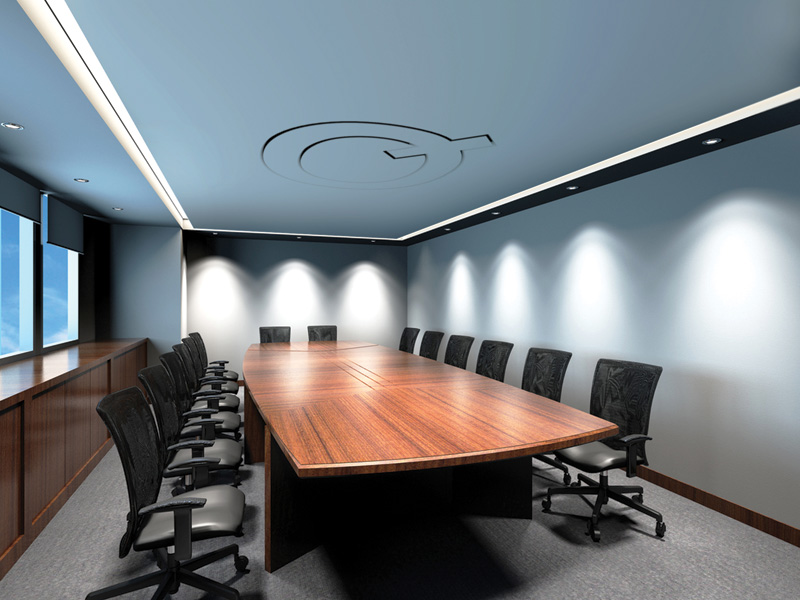
Reducing noise pollution for enhanced comfort
Noise pollution is a significant concern in building design, particularly in environments such as offices, schools, and hospitals, where a quiet and peaceful atmosphere is essential. Metal diffusers can amplify noise from the HVAC system, leading to a less comfortable indoor experience. However, smart composite HVAC diffusers offer a quieter alternative, free from the clattering and whistling often associated with metal diffusers, especially those with operable baffles and fins. The fins and baffles expand with heat and shrink in contact with cool air, which causes popping noises when they shift in the hardware that holds or adjusts them. Composite diffusers address this issue by cutting noise levels by up to 50 percent compared to metal alternatives. Diffusers made from composite material are less likely to vibrate in the same way that extruded or stamped metal can, and they also do not have any moving parts or directional fins that may cause velocity differentials, eddies, and resonance, which can all contribute to noise. This substantial noise reduction ensures a more peaceful and comfortable indoor environment, enhancing the overall experience for building occupants.
Incorporating composite diffusers into building design addresses the challenge of noise pollution and aligns with broader goals of enhancing indoor environmental quality and occupant wellbeing. With their streamlined design and advanced acoustical properties, smart composite diffusers create a serene indoor environment conducive to productivity and relaxation. Architects and designers can create spaces that support health, comfort, and productivity by choosing materials that reduce noise and improve acoustics.
Durability and sustainability
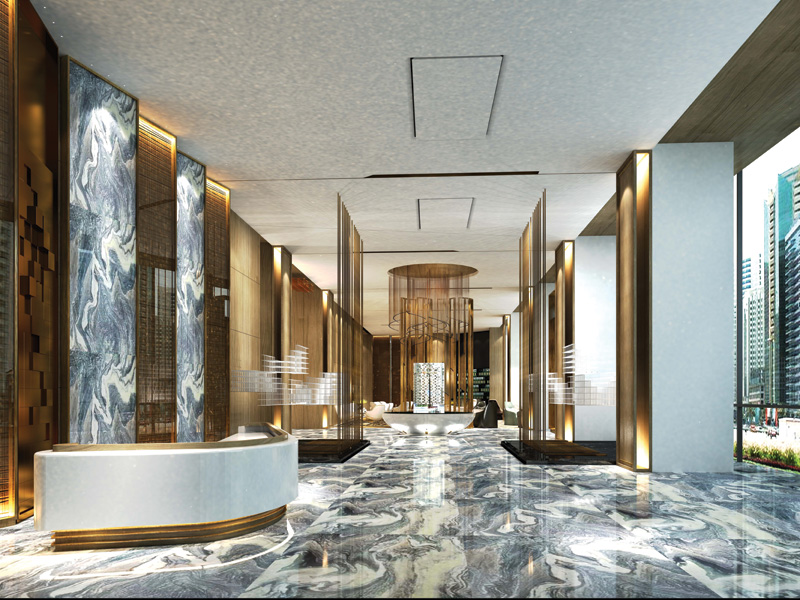
In addition to improving air quality and acoustic comfort, composite diffusers are designed to be highly durable and sustainable. Traditional metal diffusers are prone to rust and degradation over time, requiring frequent maintenance and replacement. Composite diffusers are both moisture-resistant and fire-retardant, ensuring long-lasting performance with minimal maintenance. This durability translates into lower maintenance needs and reduced waste, making these diffusers a more sustainable choice.
Proprietary composite material diffuser offerings use additives that reduce water penetration and flammability. The flame and smoke spread rating, as determined by ASTM E84 testing, is class A, which meets even the most stringent building code requirements for air distribution components. Composite diffusers do not have any fire rating on their own. In order to use composite diffusers in a fire-rated wall or ceiling, the plenum box behind them must meet the fire-rating requirements.
The building sector contributes a staggering 40 percent of worldwide carbon emissions. Therefore, every step towards sustainability in this industry can have a significant impact. Composite diffuser material is sustainably sourced, and the production process leaves no carbon emission footprint, making it an eco-conscious choice. This shift in material choice represents a significant advancement in HVAC technology.
Enhancing indoor environmental quality
Choosing the right materials and products is crucial for creating long-lasting and healthy buildings. In new construction and renovations, selecting the appropriate air diffusers for HVAC systems can significantly impact building maintenance, human health, and sustainability. Composite diffusers offer a range of benefits that make them an ideal choice for modern building design.
As the building industry continues to evolve, composite diffusers will play a crucial role in shaping a healthier, more sustainable future. With people spending more time indoors now than ever, the demand for maintaining excellent IEQ is paramount. Advanced materials and thoughtful design choices, such as composite diffusers, are essential for achieving optimal IEQ, ensuring a beneficial environment for health and productivity.
Notes
1 Refer.
Author
Marc Mascarello is the head of design at Invi Air, where he has been working since 2018. After graduating with a master of architecture from Columbia University, he has more than 10 years of experience in the fields of fabrication and architecture. His broad base of knowledge and skills in these fields has allowed him to synthesize design and detail with highly engineered components, making Invi Air a leader in design-centric air diffusers, vents, and grilles.
Key Takeaways
Composite HVAC diffusers offer a significant upgrade compared to traditional metal versions by minimizing condensation, reducing noise, and enhancing durability. Their moisture- and fire-resistant properties, sustainable materials, and sleek design improve indoor environmental quality, support occupant health, and align with modern architectural goals for energy efficiency, comfort, and sustainability.



